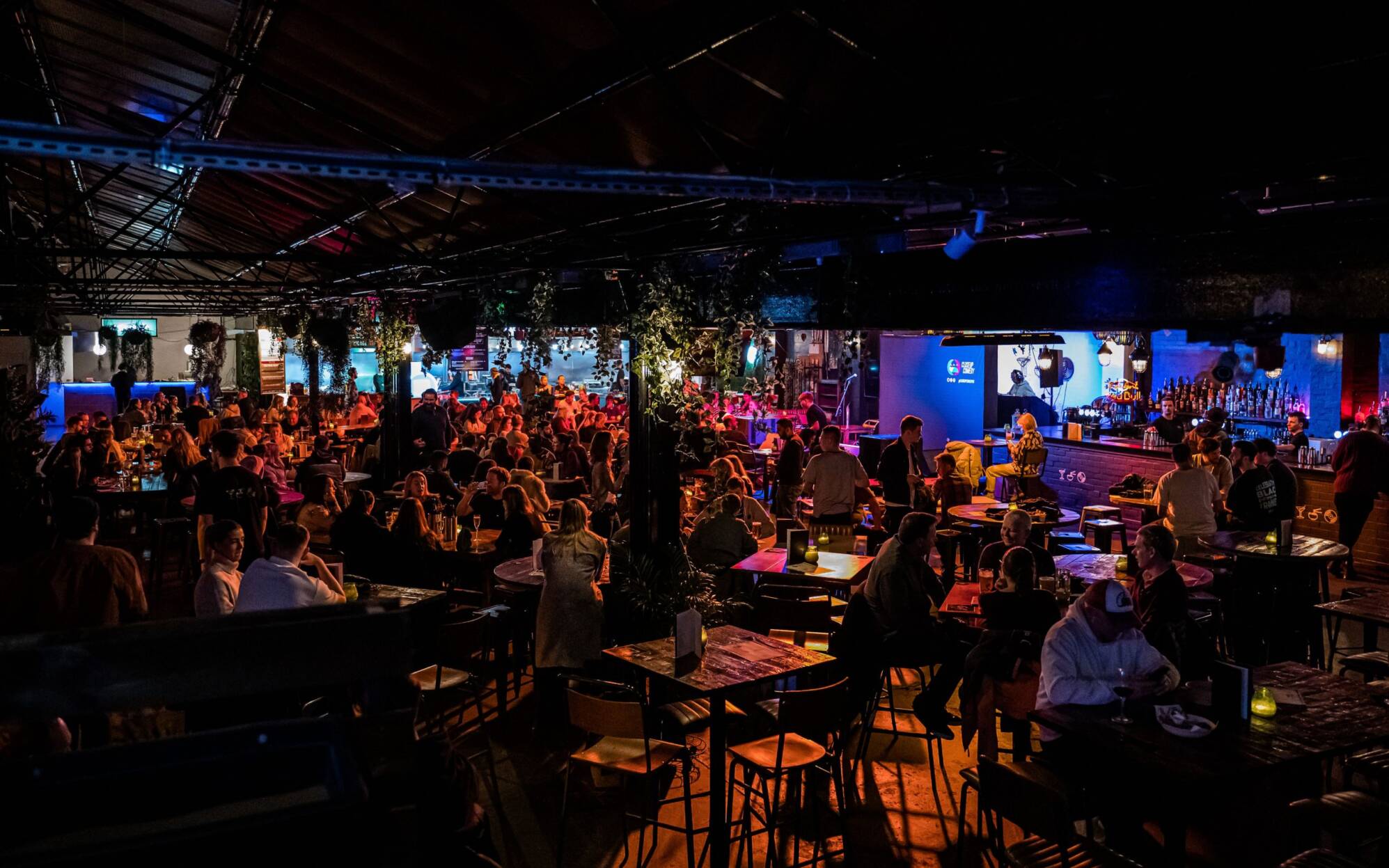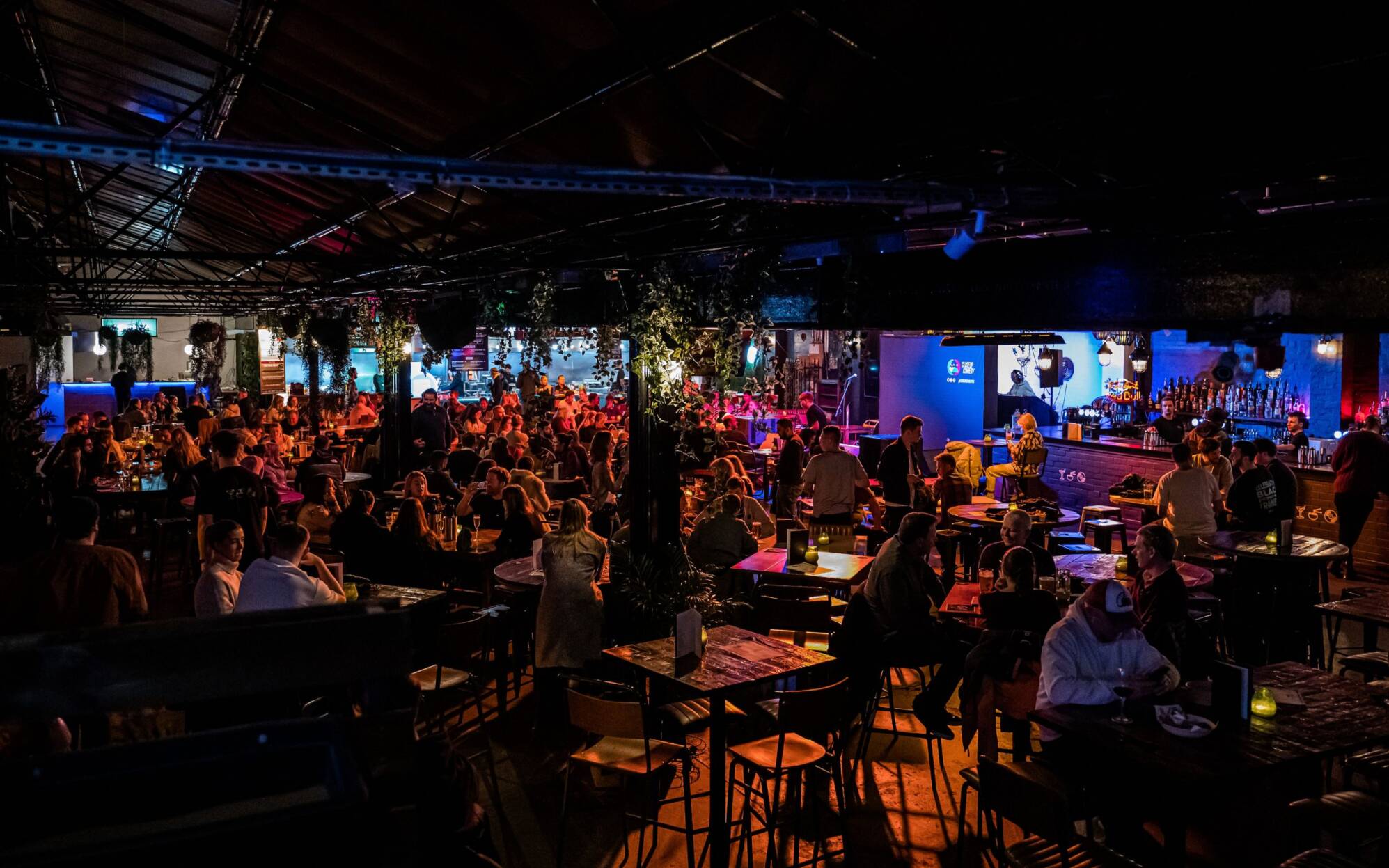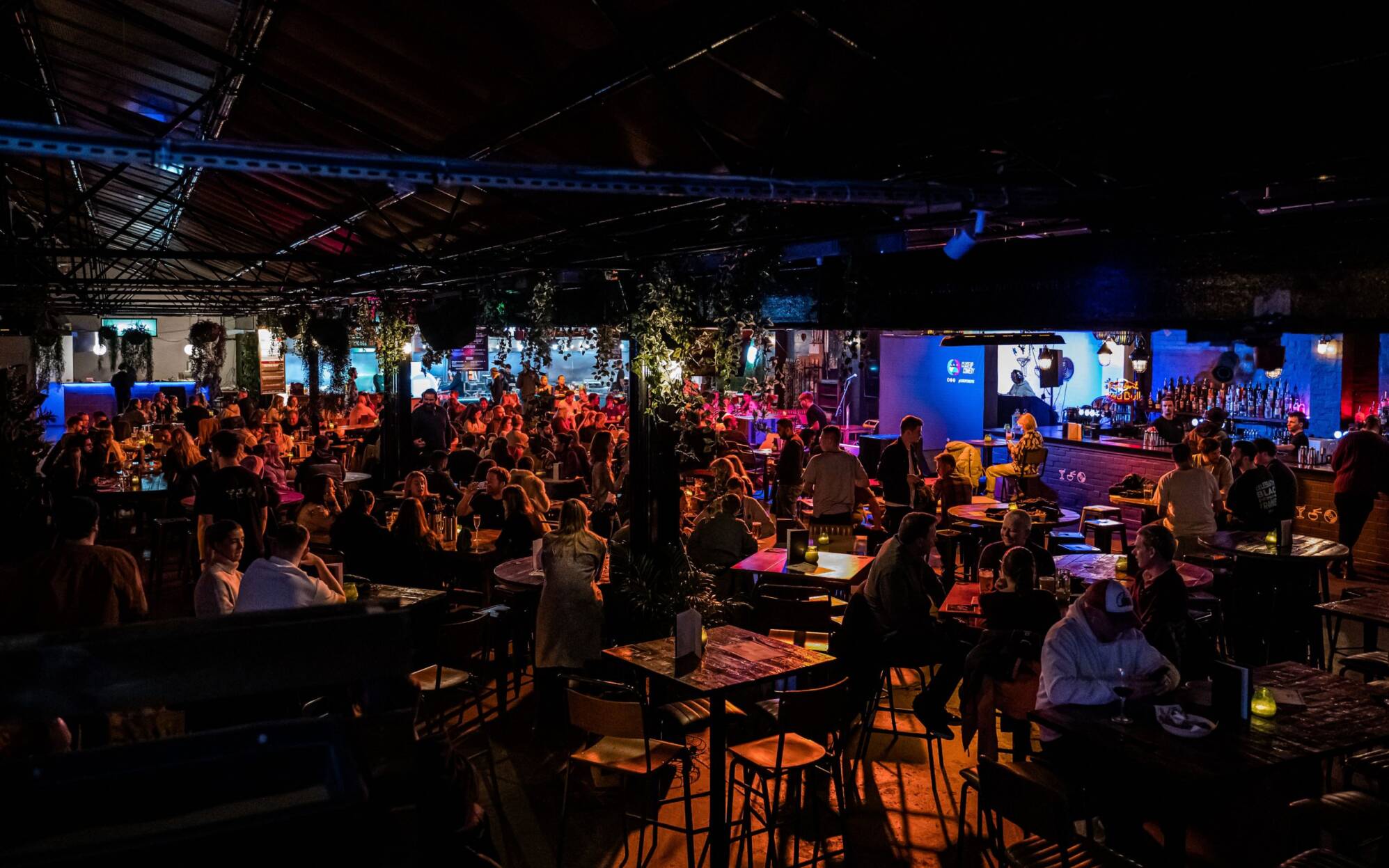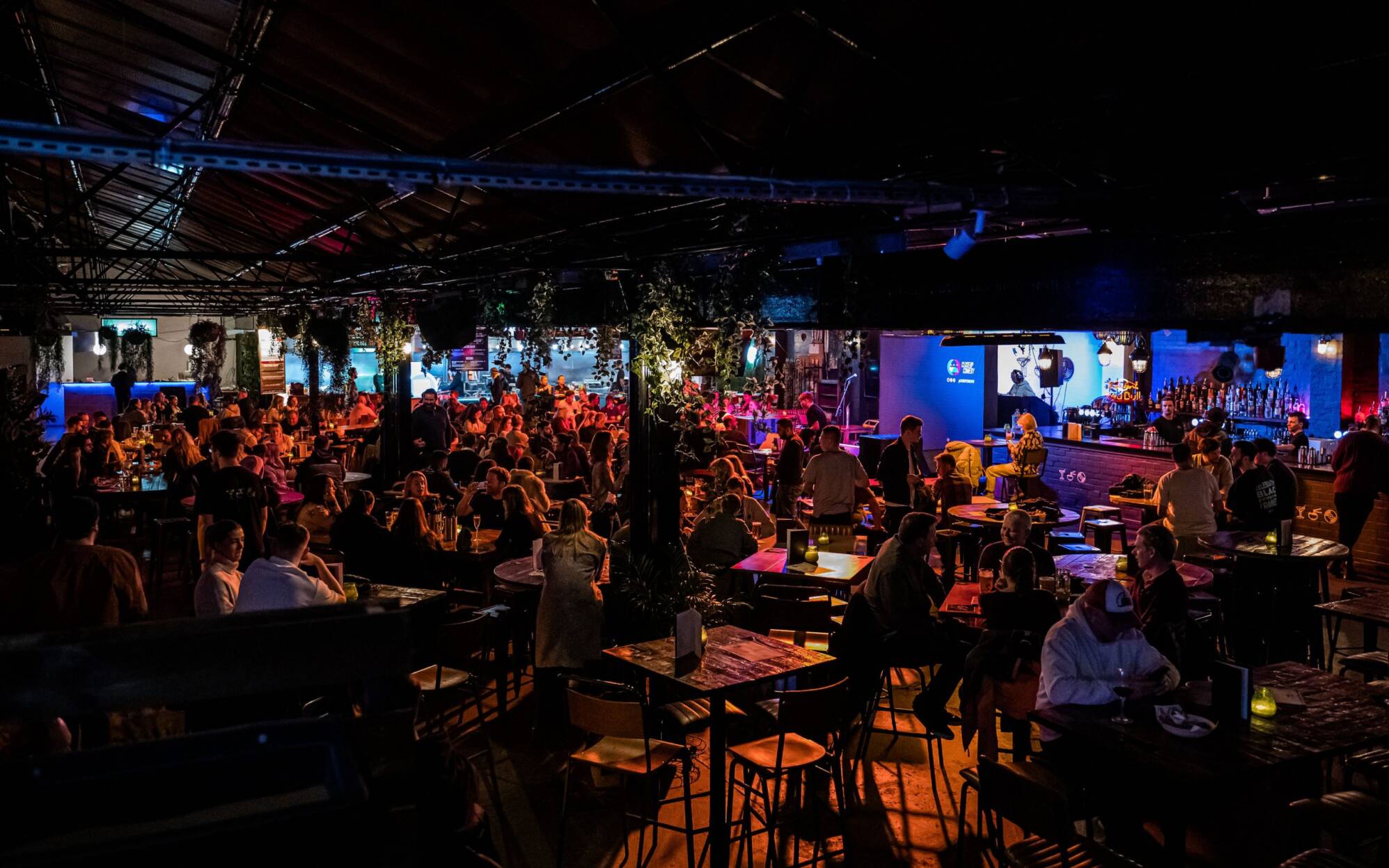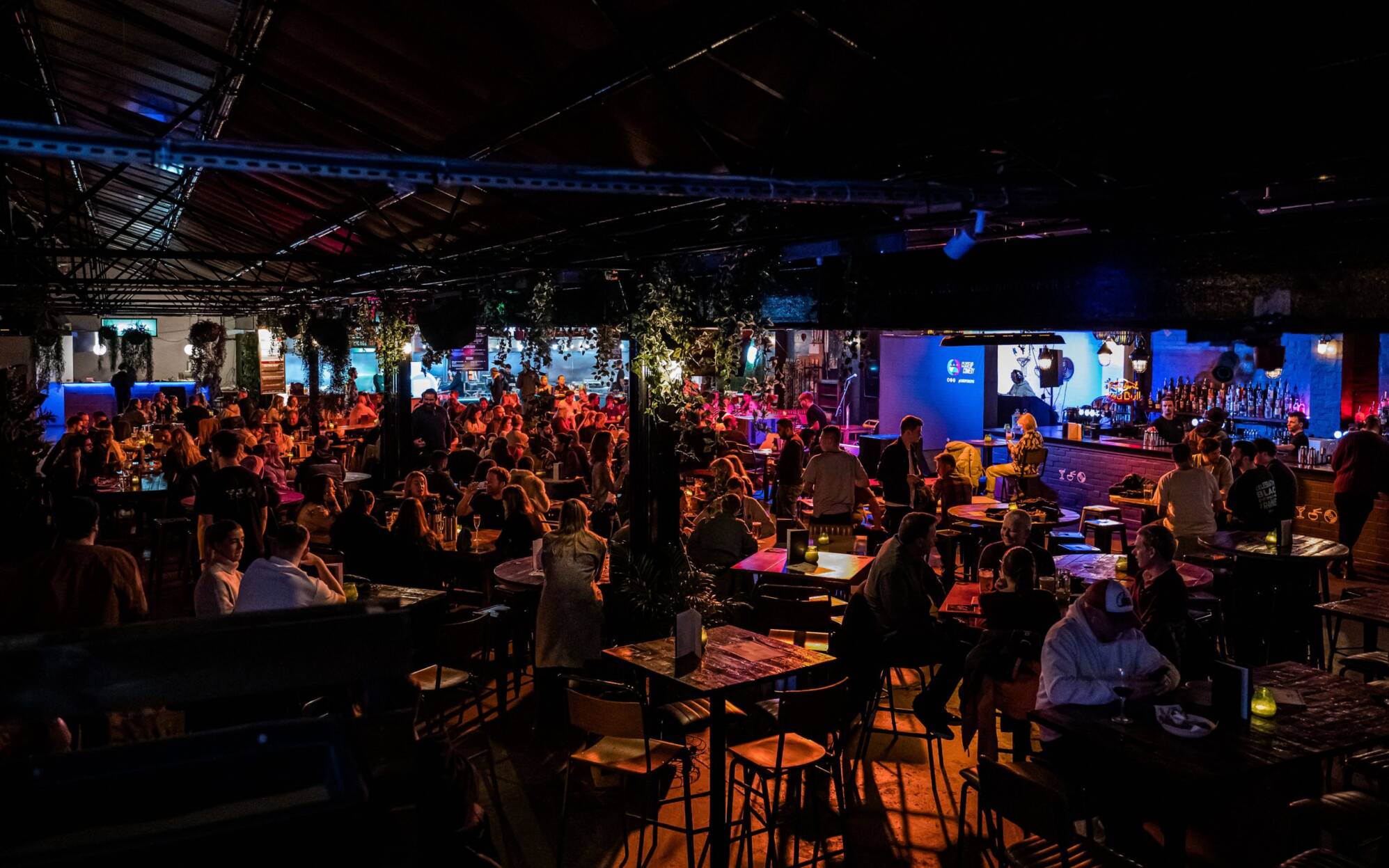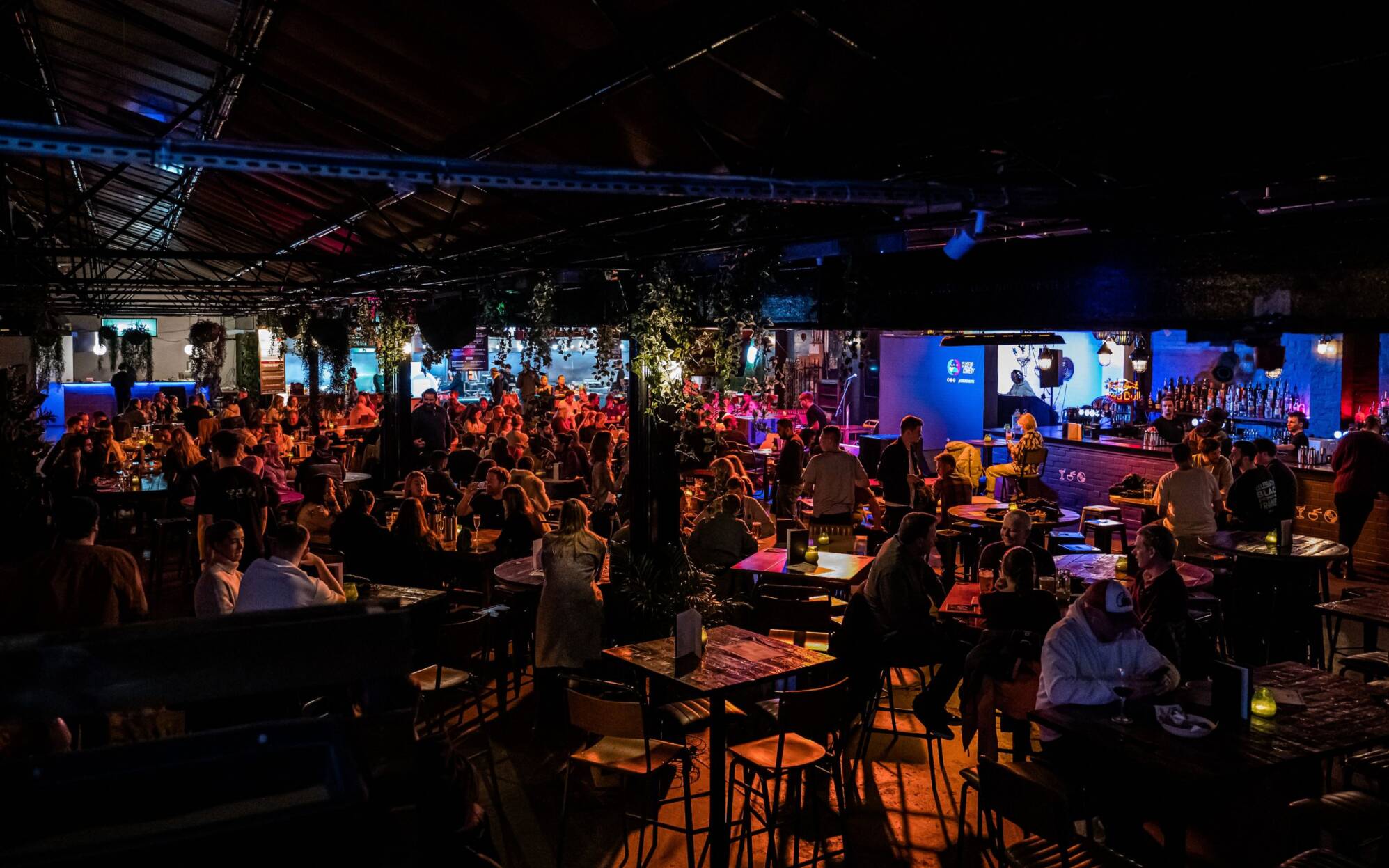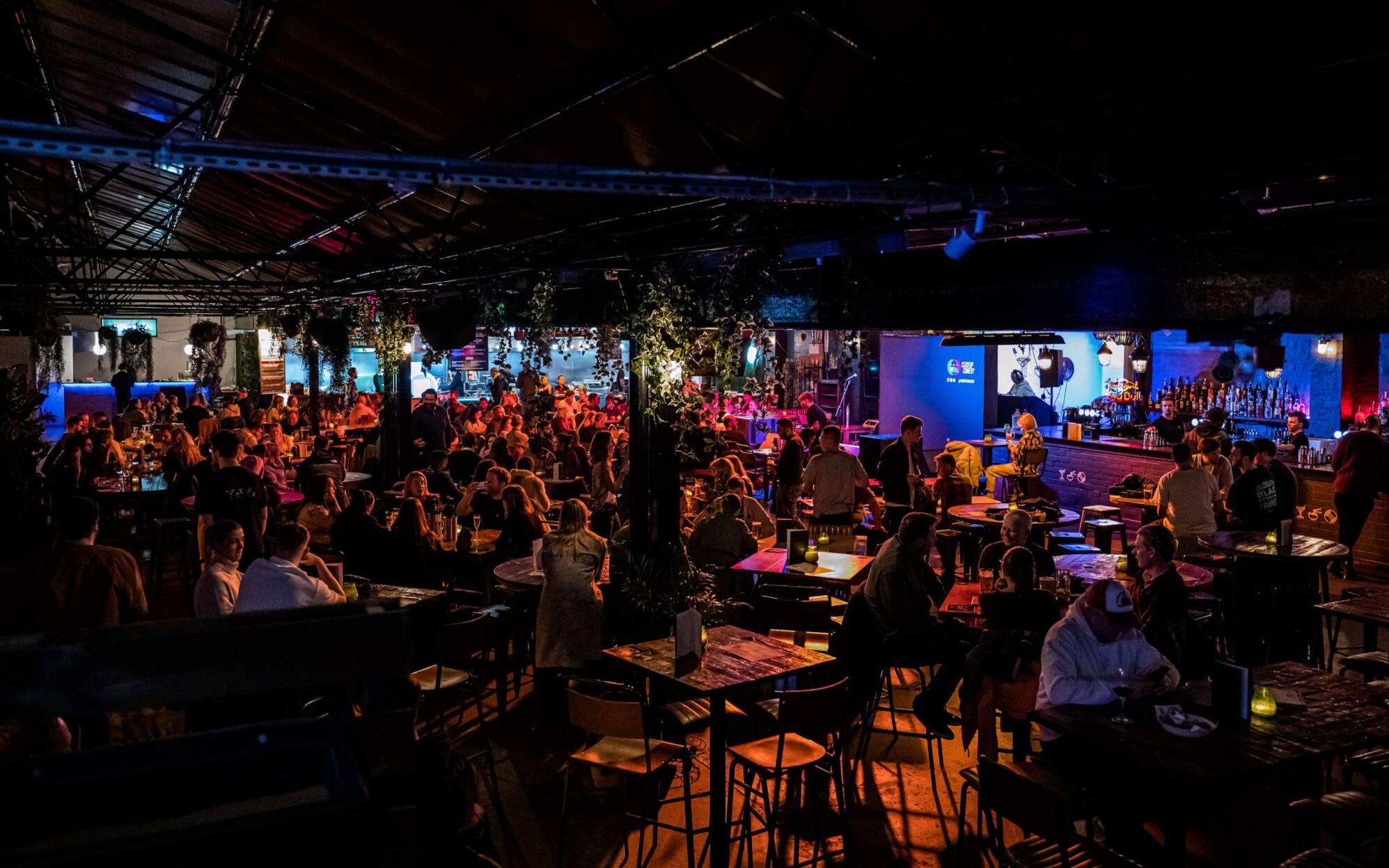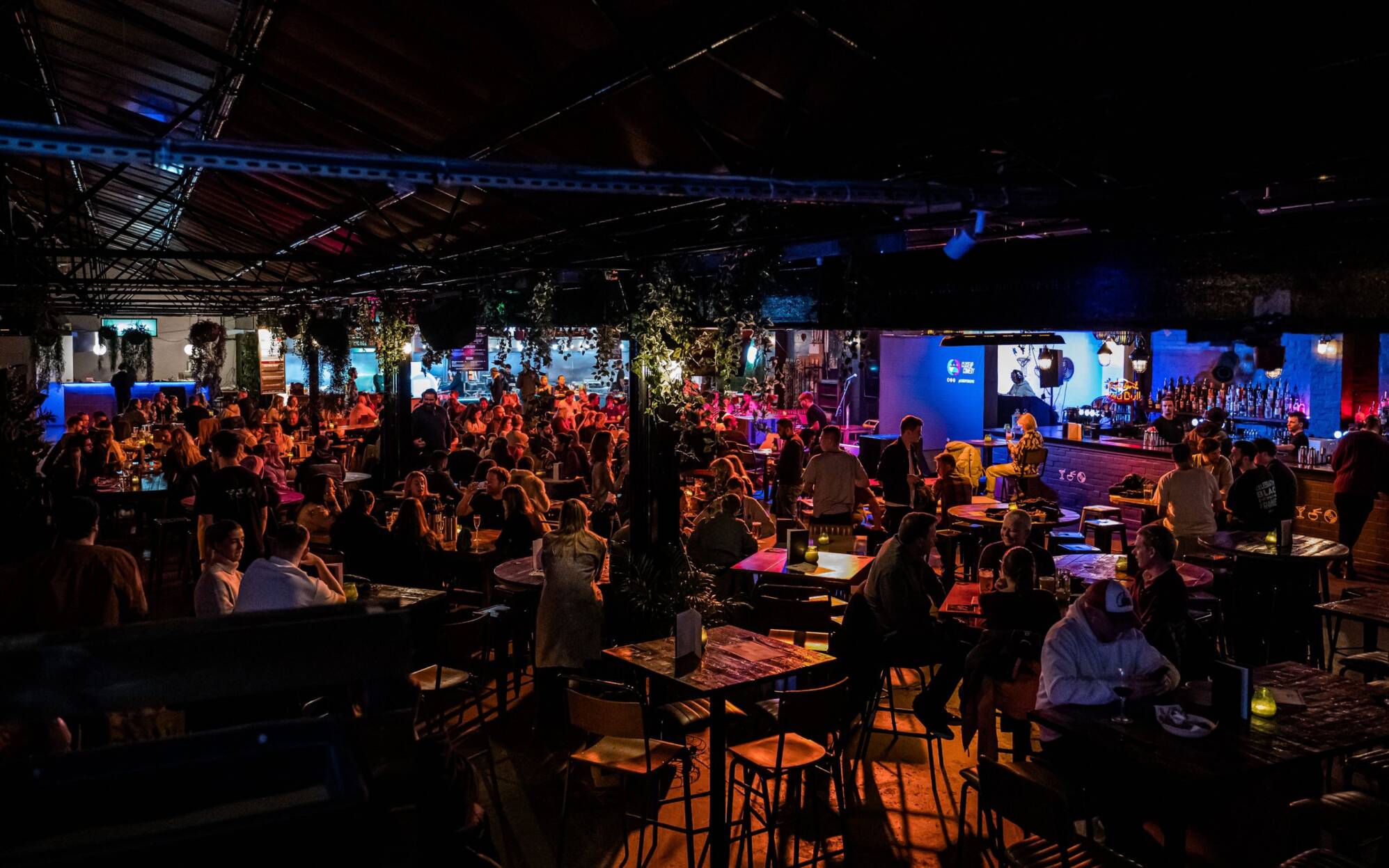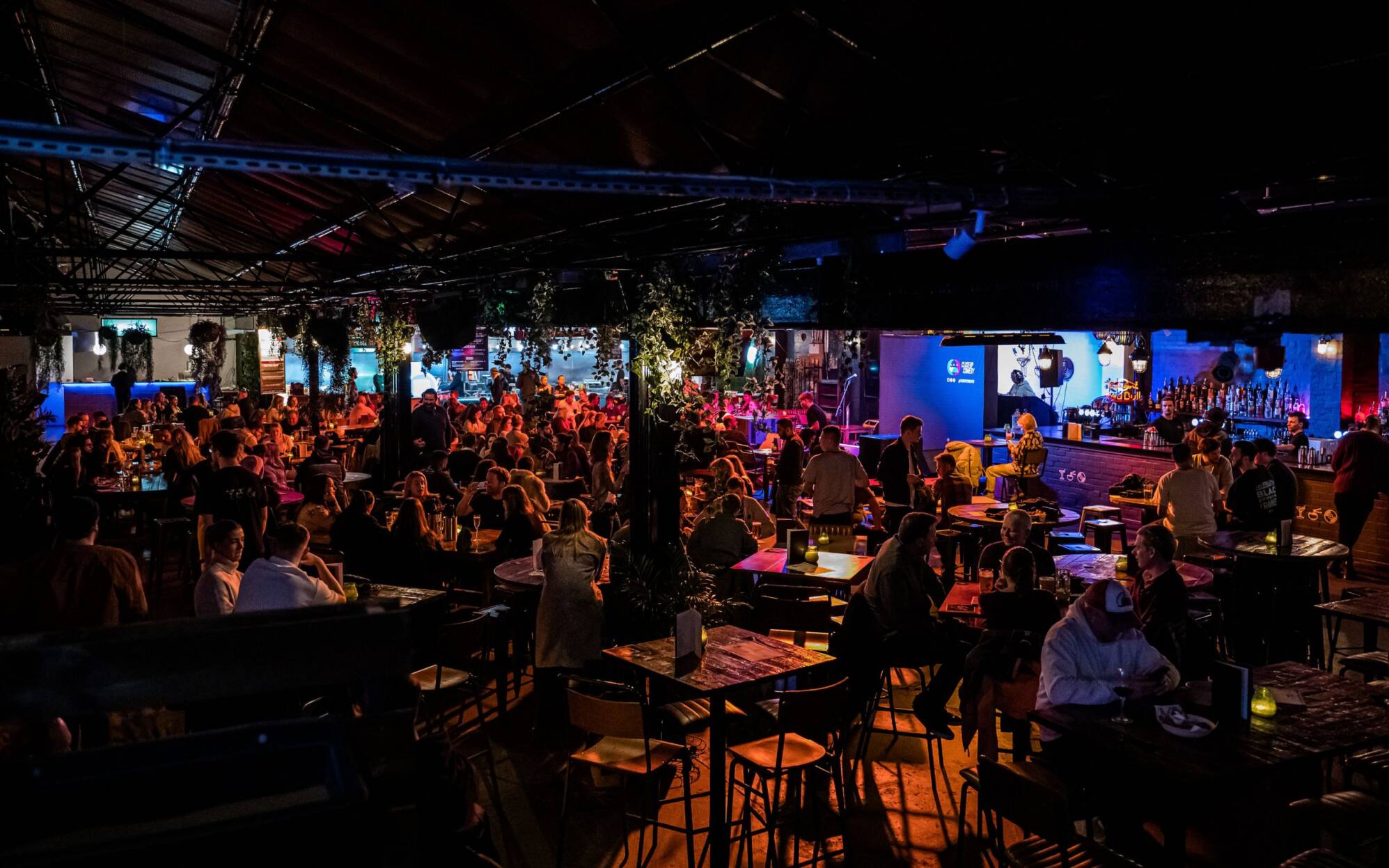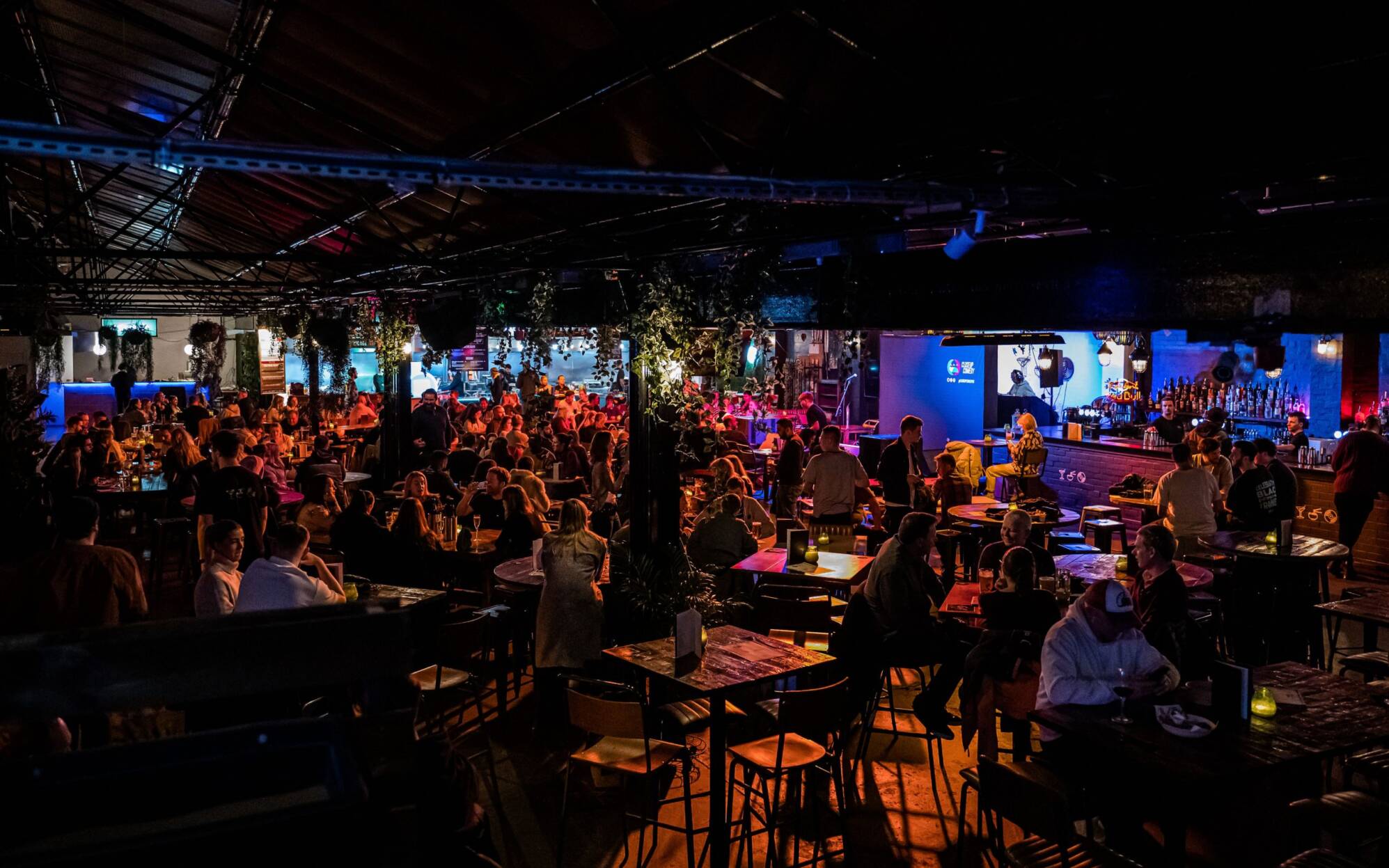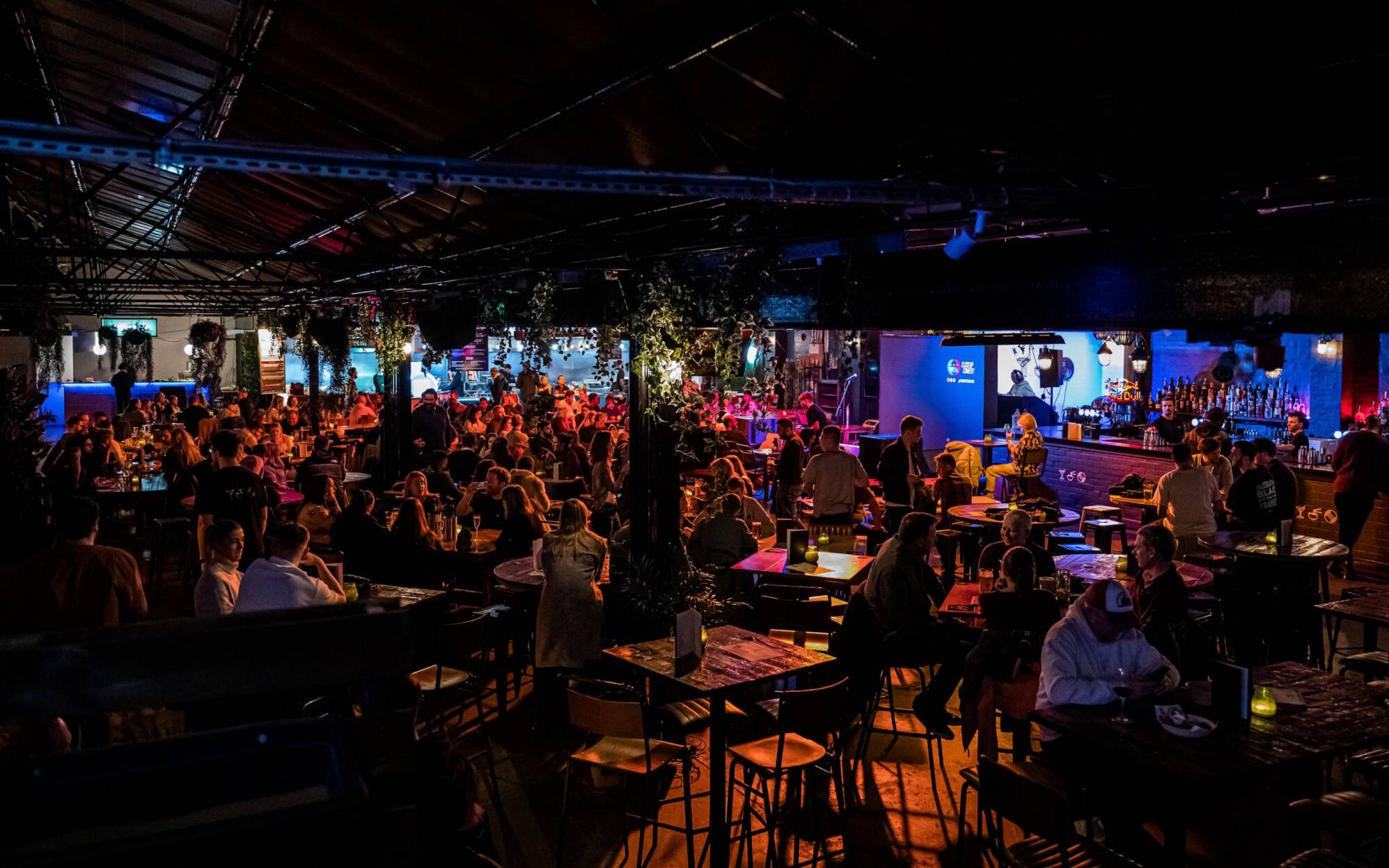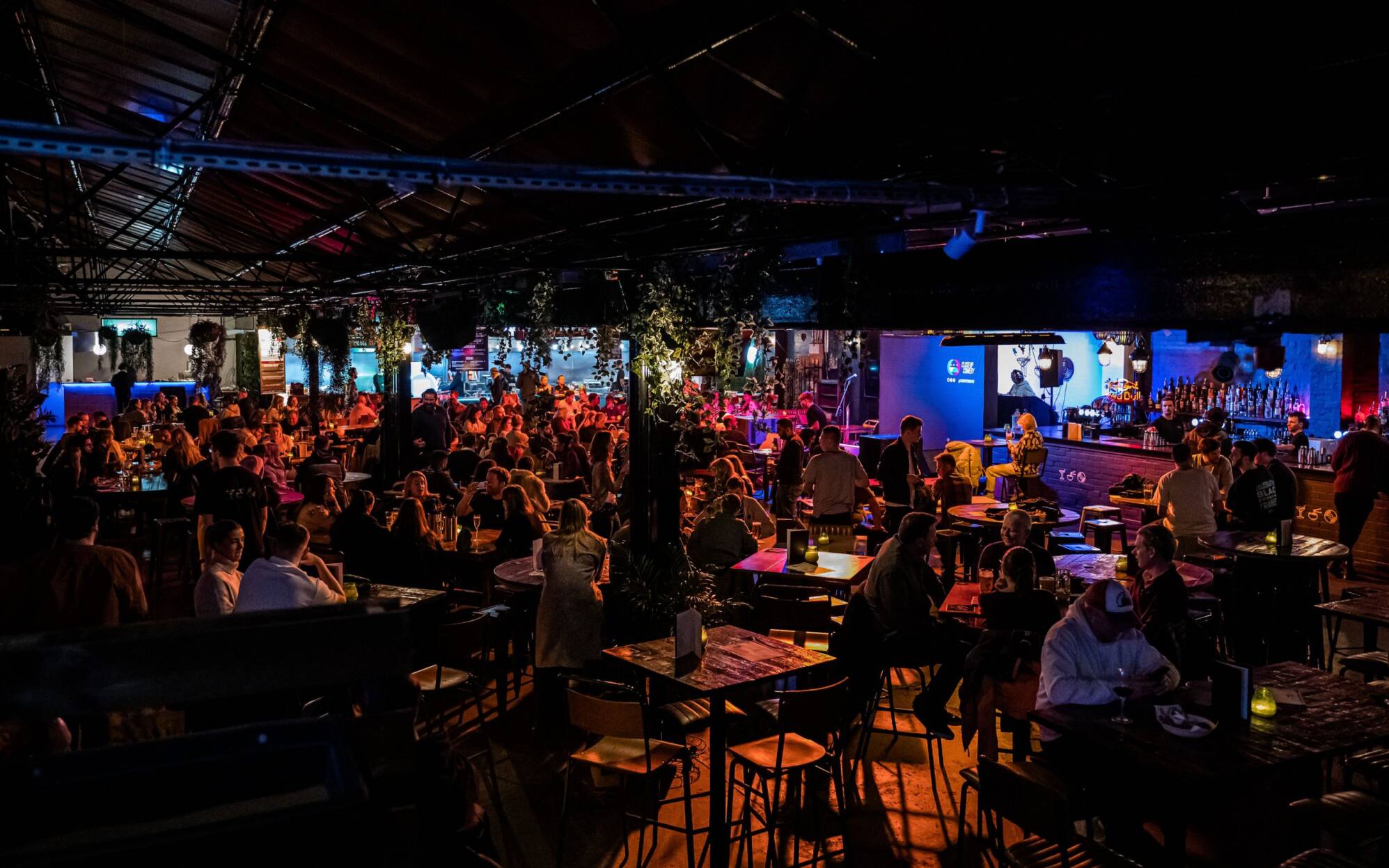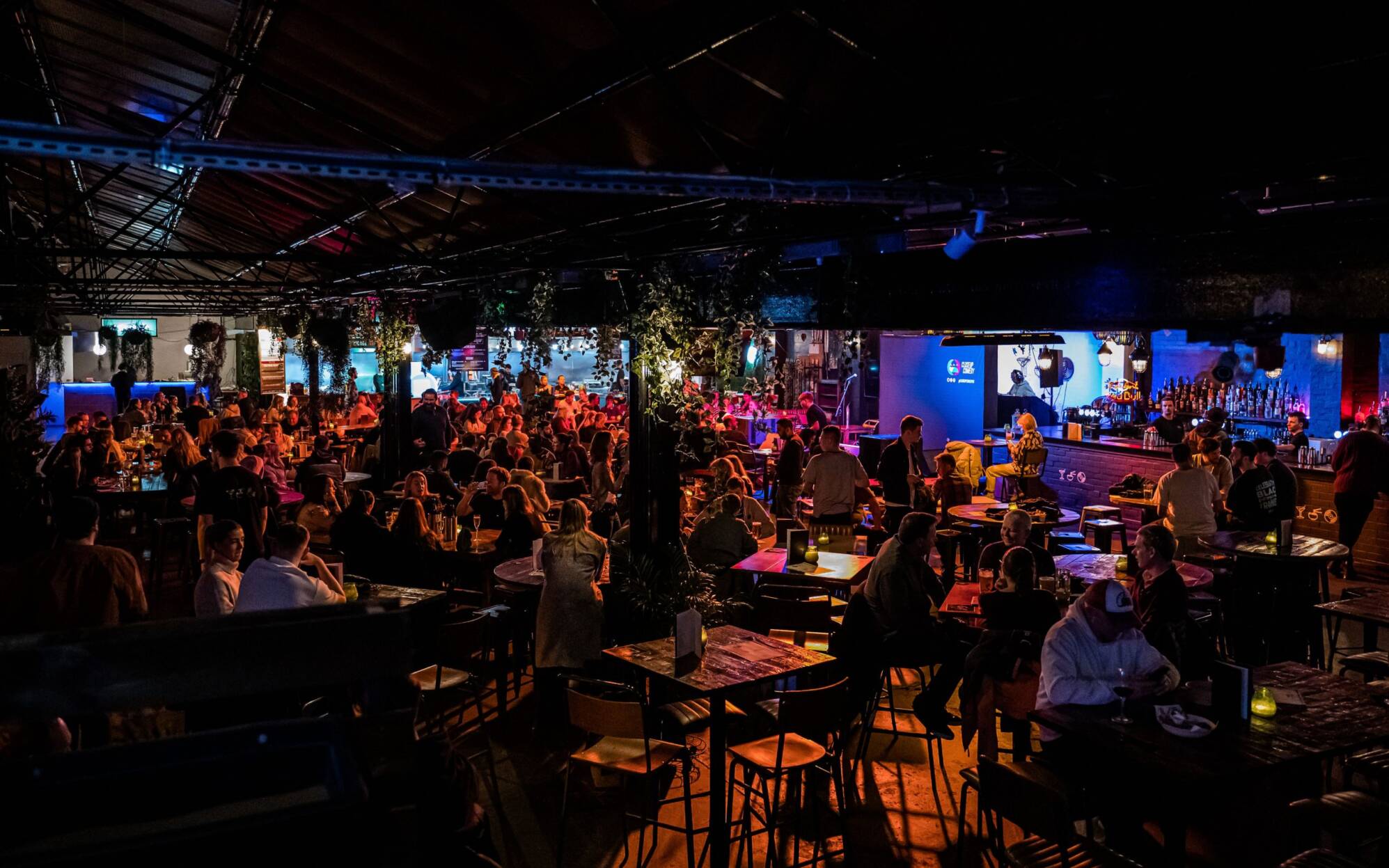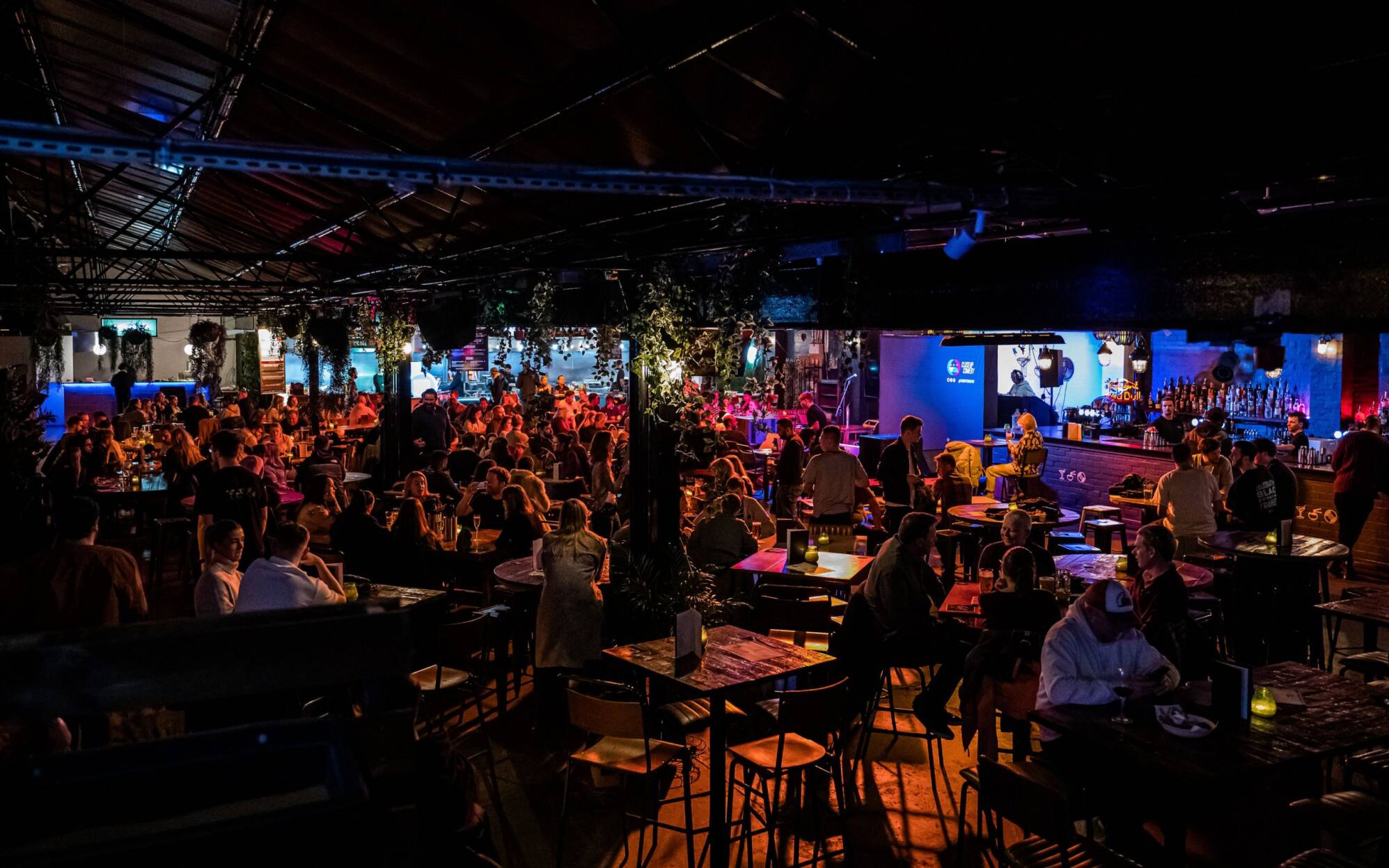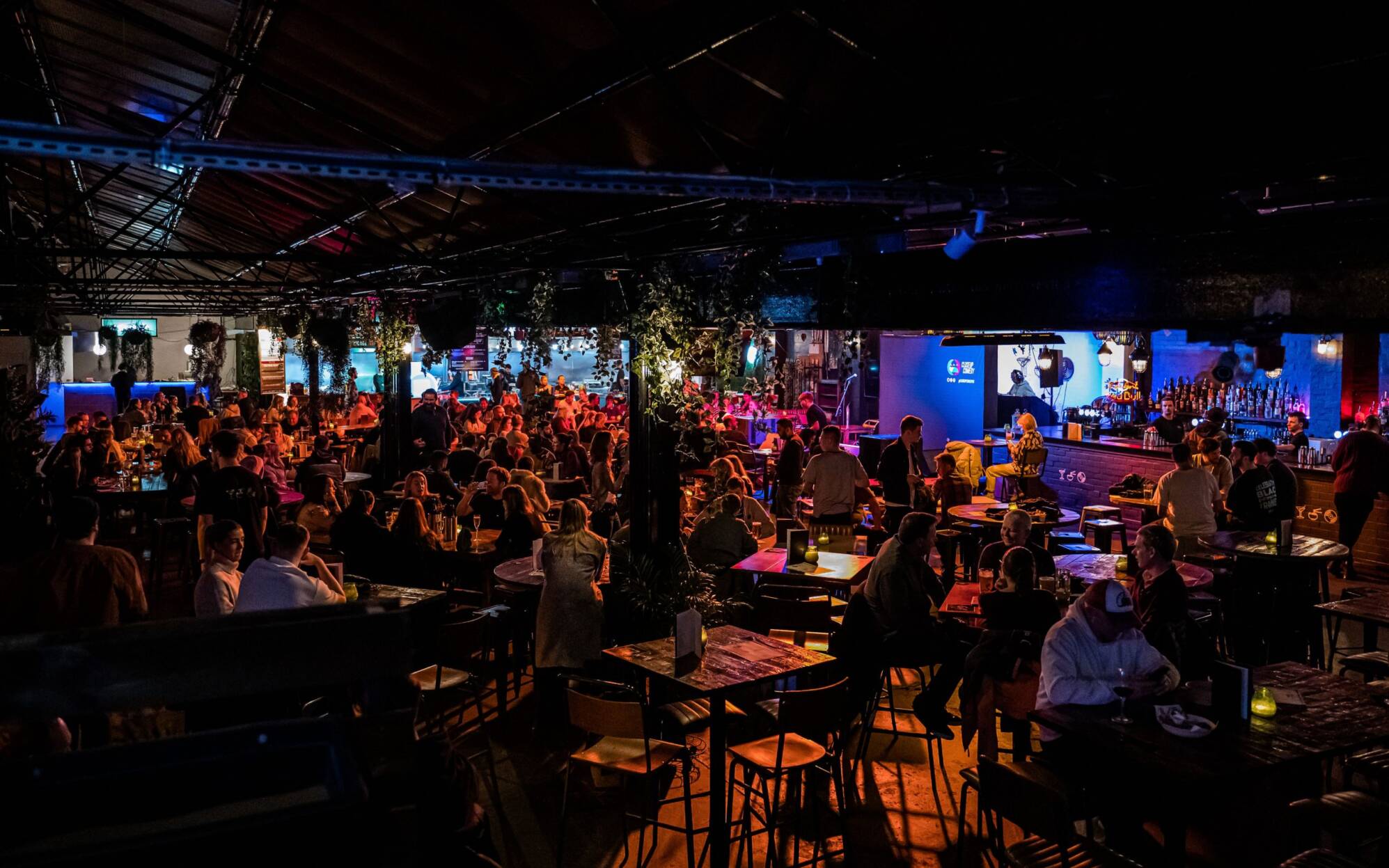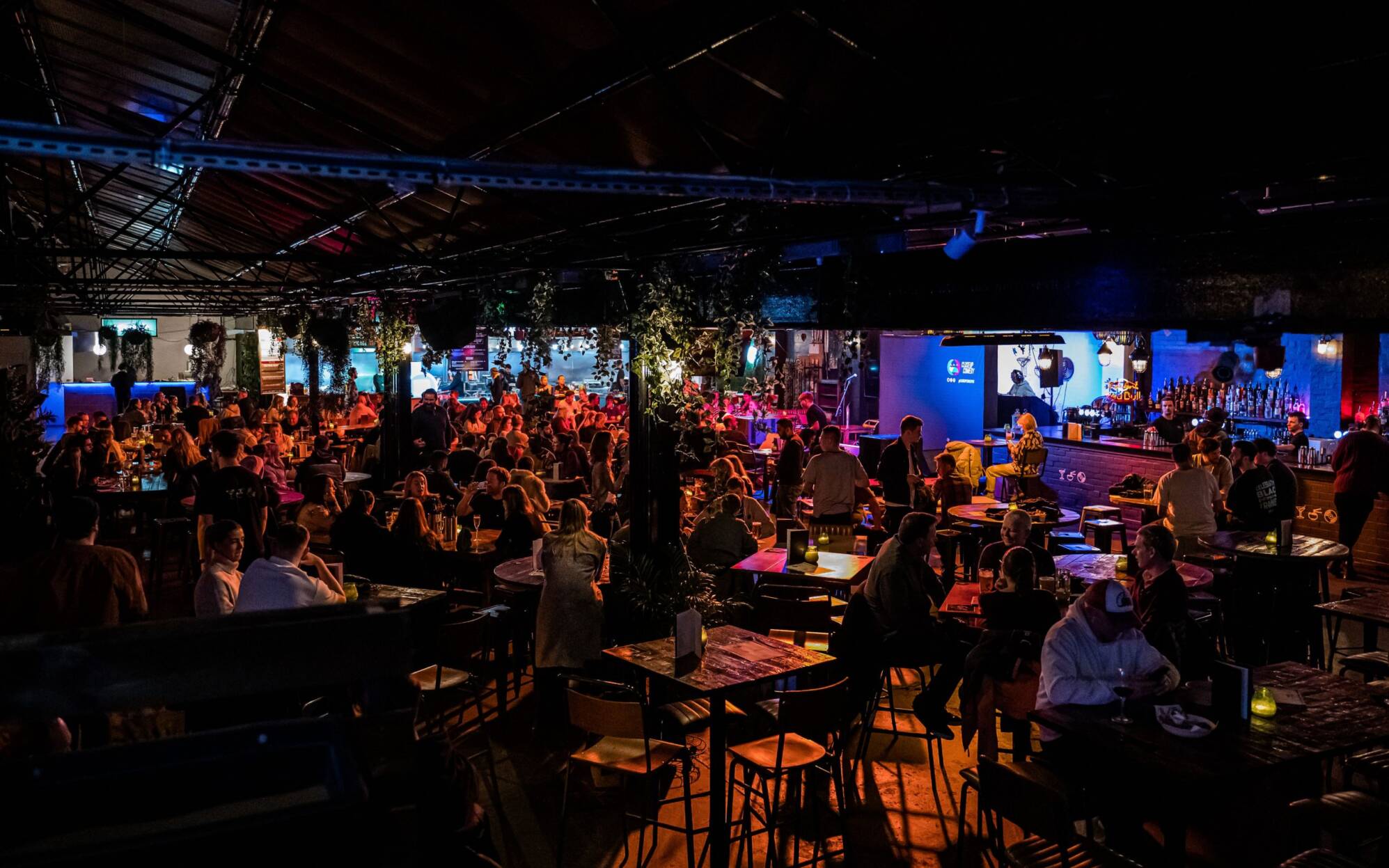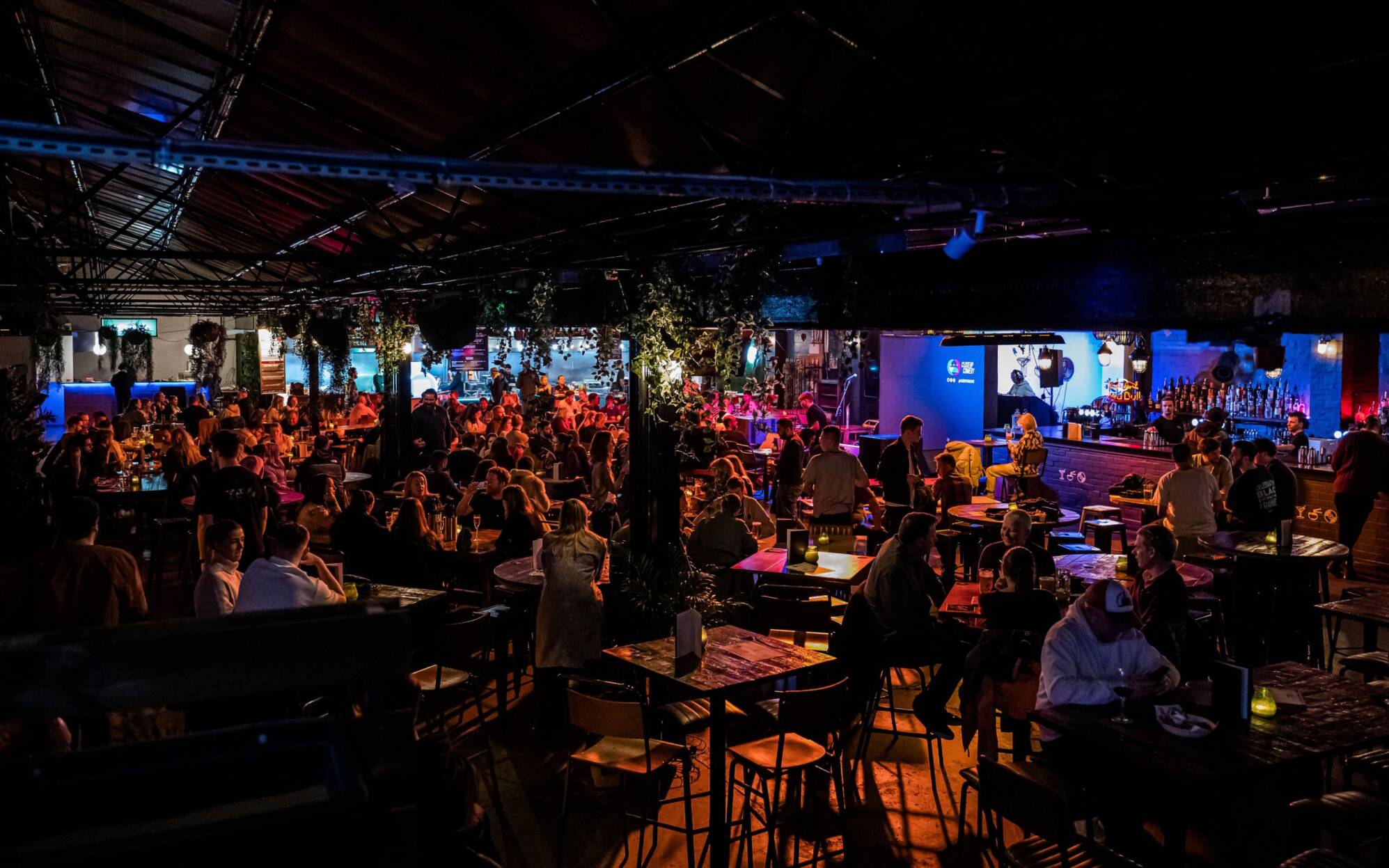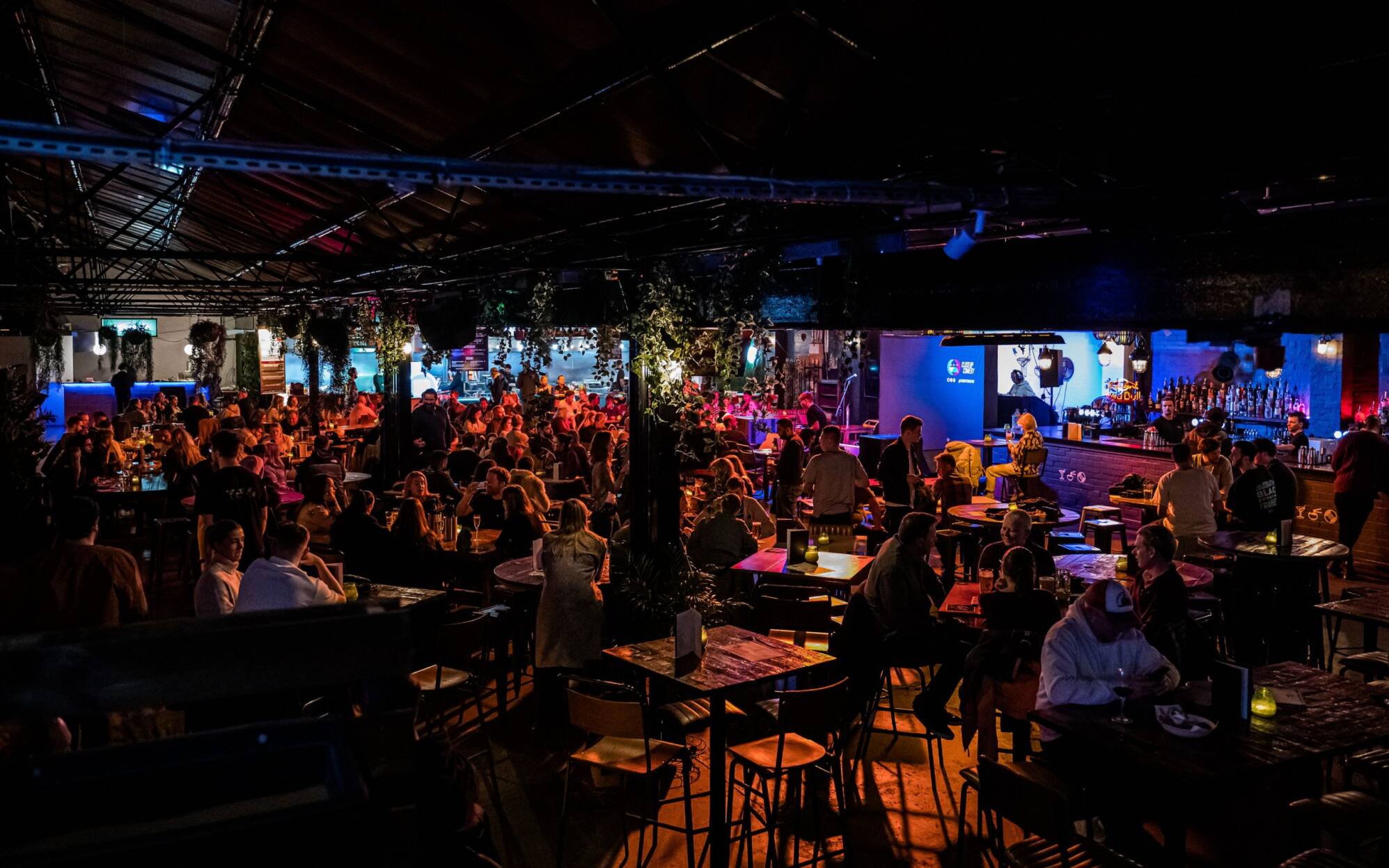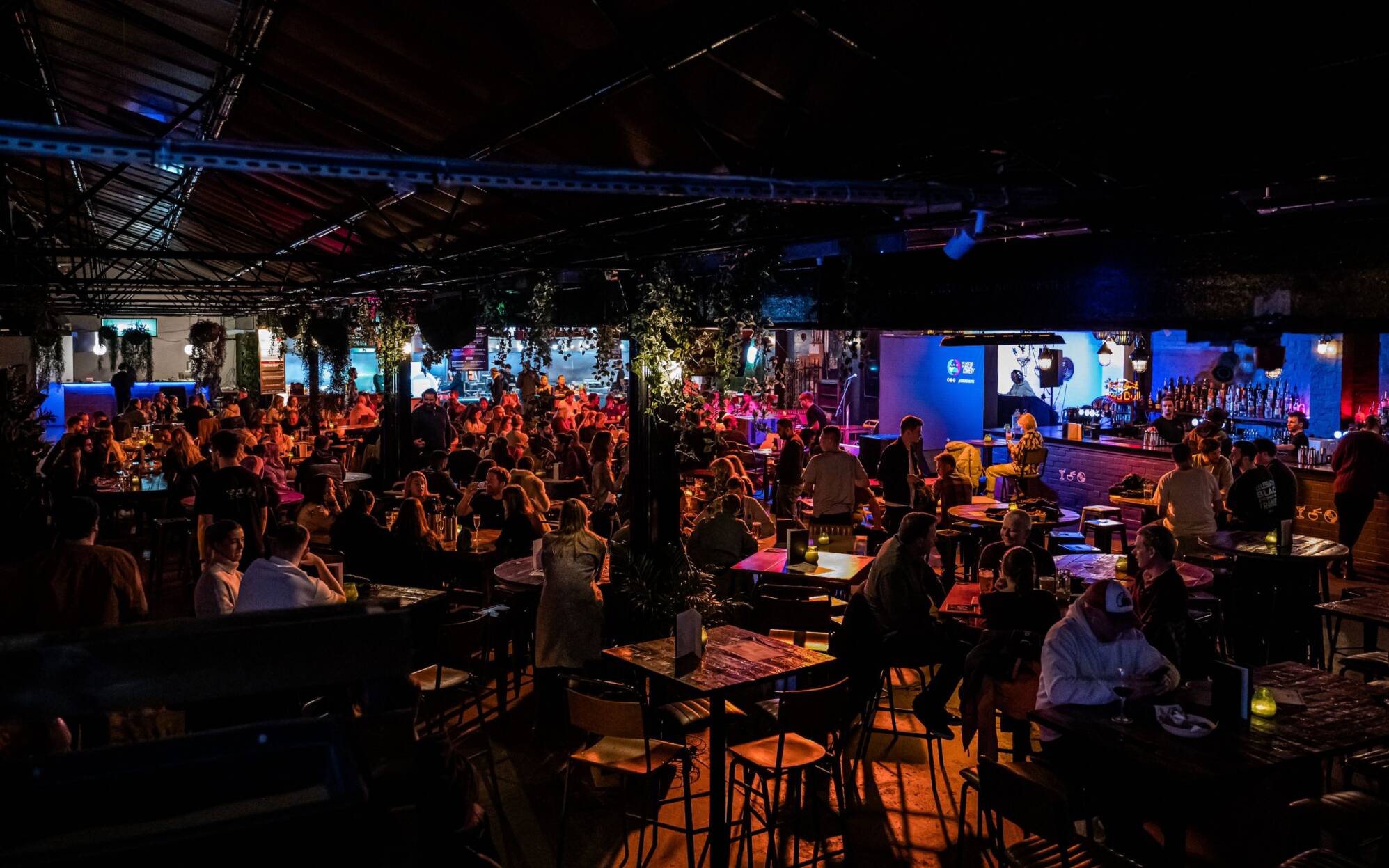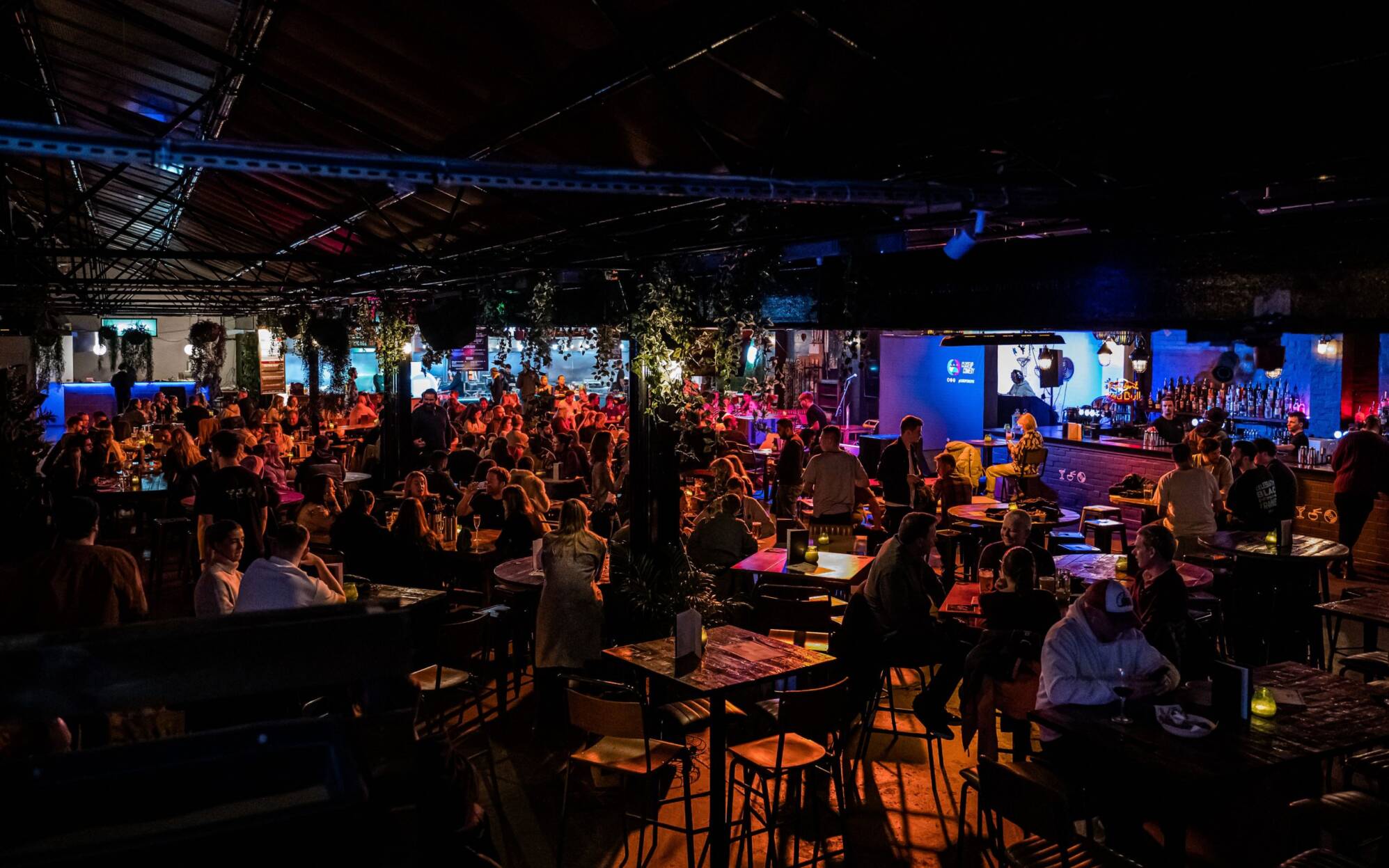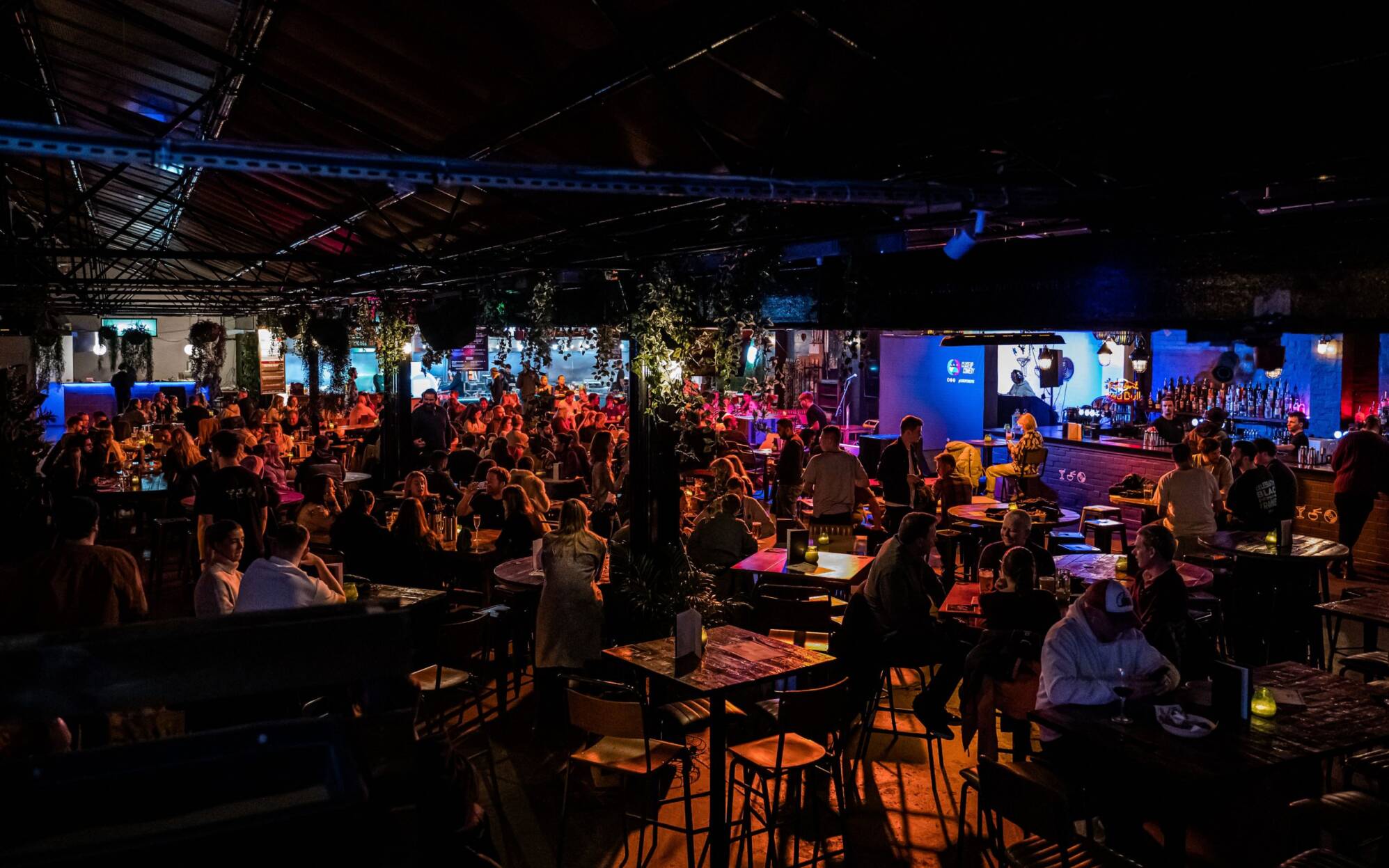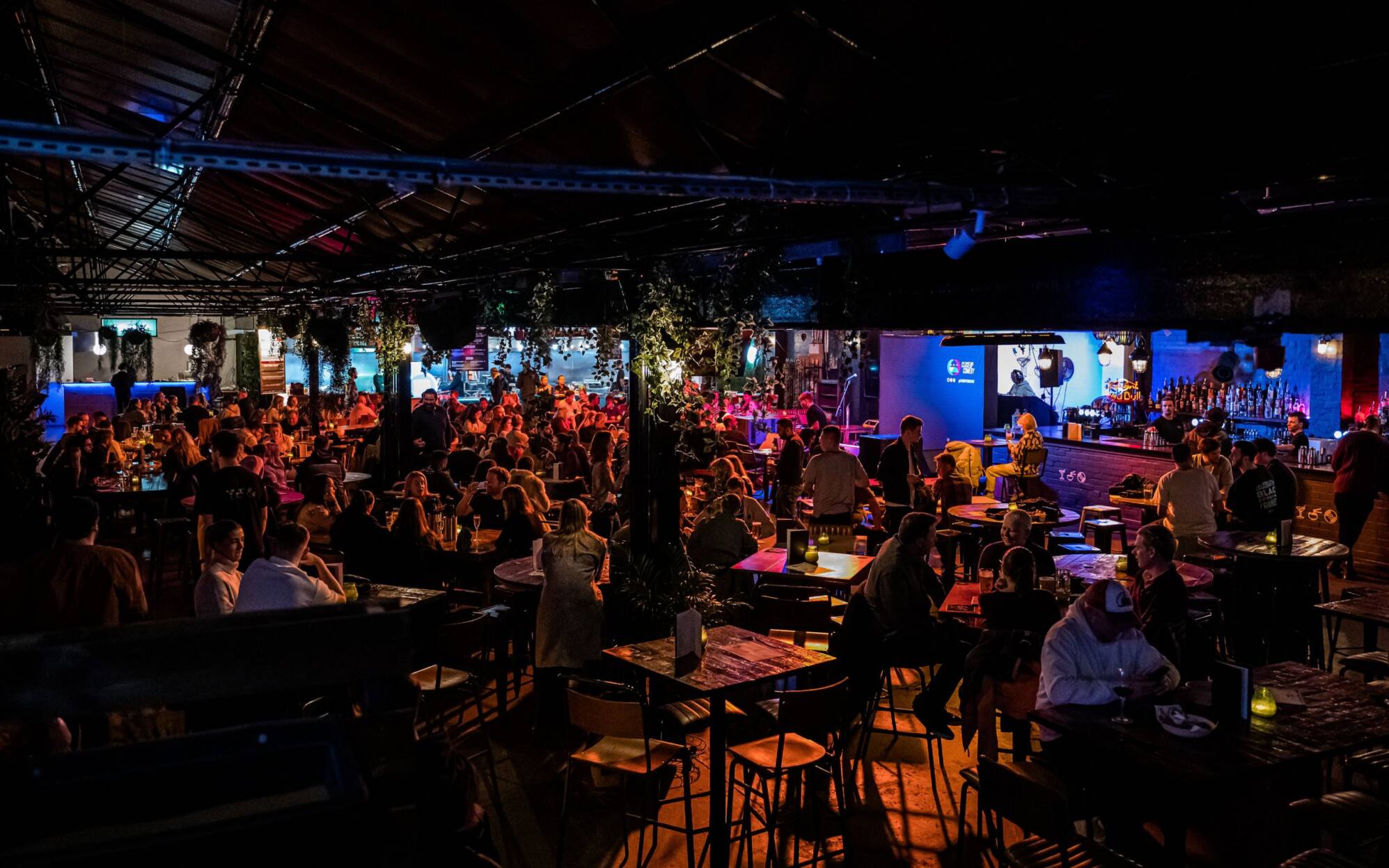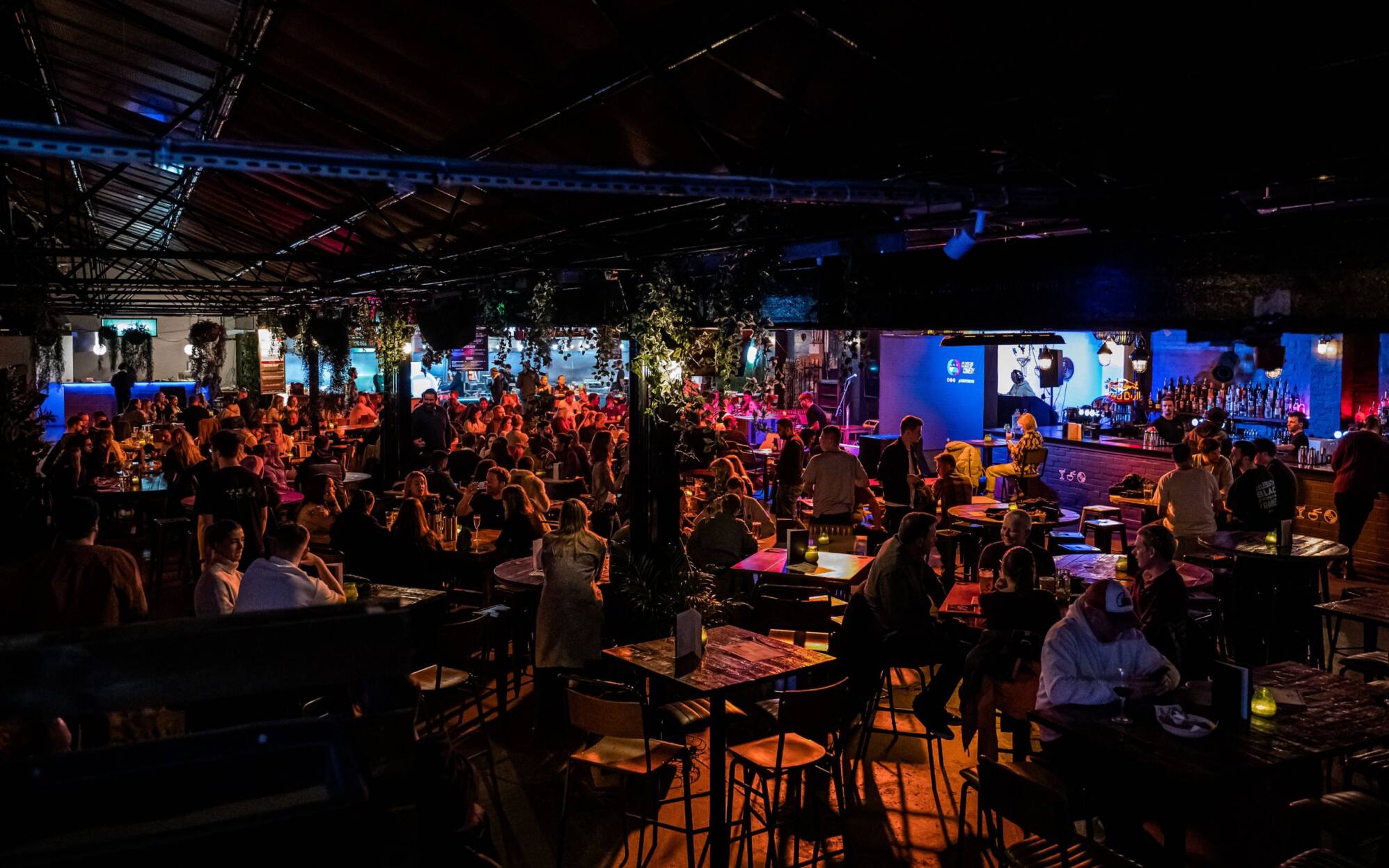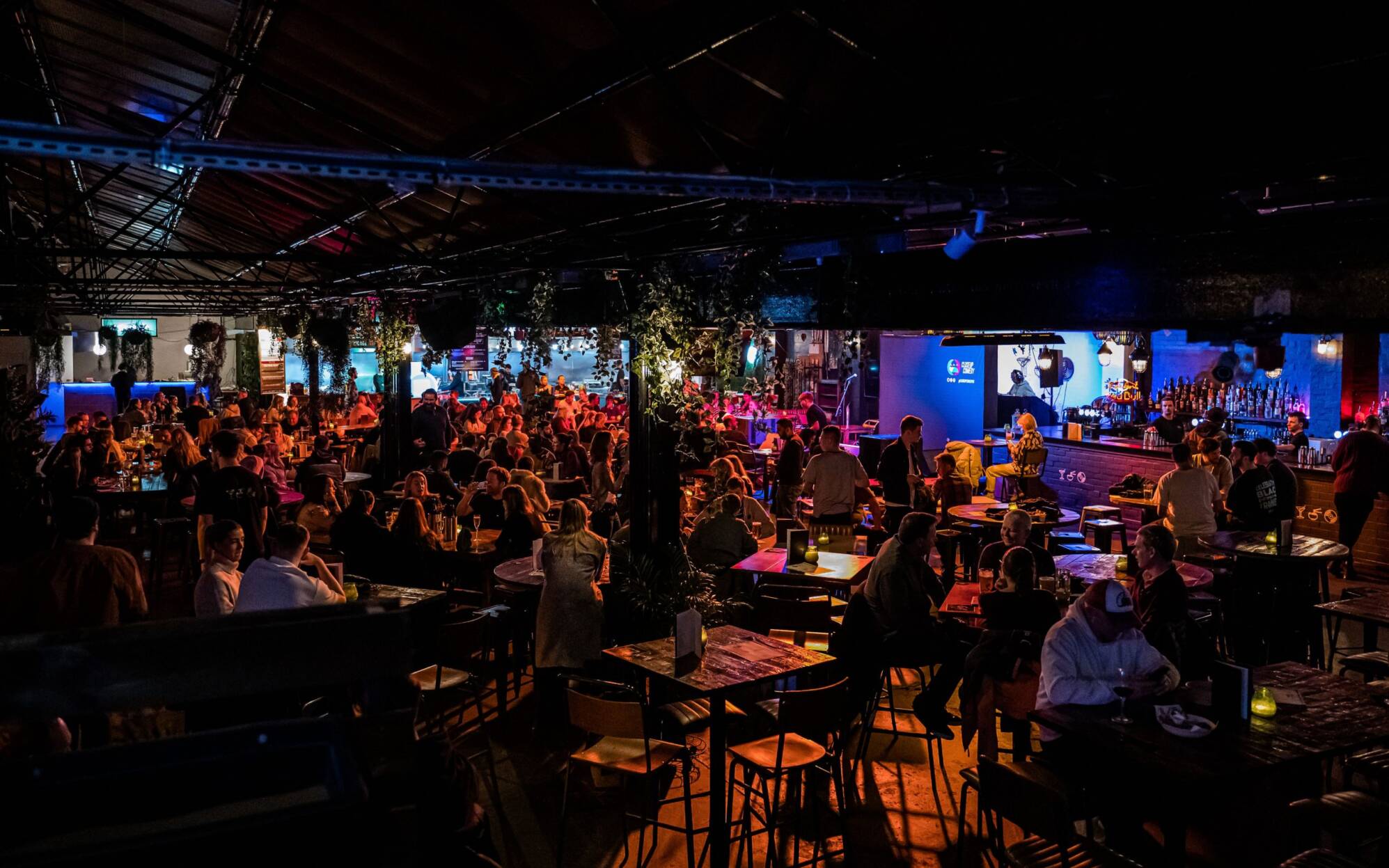Social clubs form the backbone of community life across the UK, providing essential gathering spaces for everything from work…
Social Club Business Interruption Insurance: Protecting Your Community Hub
Social clubs serve as vital community hubs, bringing people together for recreation, networking, and shared interests. Whether you operate a working men's club, sports club, hobby group, or professional association, your establishment faces unique business interruption risks that could severely impact operations and member satisfaction. Understanding how business interruption insurance applies to social clubs is crucial for maintaining financial stability when unexpected events force temporary closure or reduced capacity.
What is Social Club Business Interruption Insurance?
Business interruption insurance for social clubs provides financial protection when covered perils force you to suspend or reduce operations. Unlike standard property insurance that covers physical damage, business interruption insurance compensates for lost income and ongoing expenses during the recovery period. For social clubs, this coverage is particularly important because revenue often depends on consistent member activities, events, and facility usage.
The insurance typically covers lost membership fees, event income, bar and catering revenue, and facility rental income that would have been earned during the interruption period. It also helps cover continuing expenses such as staff wages, utilities, loan payments, and other fixed costs that continue even when the club cannot operate normally.
Common Business Interruption Triggers for Social Clubs
Social clubs face numerous risks that could trigger business interruption claims. Fire damage represents one of the most significant threats, particularly for older buildings with outdated electrical systems or clubs with commercial kitchens and bar facilities. A serious fire could force closure for months while repairs are completed and safety systems are upgraded.
Flood damage poses another major risk, especially for clubs located in flood-prone areas or basement facilities. Water damage can affect electrical systems, flooring, furniture, and specialized equipment, requiring extensive restoration work. Storm damage from high winds, falling trees, or roof damage can also force temporary closure while repairs are undertaken.
Utility failures can significantly impact social club operations. Extended power outages affect lighting, heating, refrigeration, and security systems. Gas supply interruptions impact heating and catering facilities. Water supply problems affect sanitation, catering, and member comfort. These utility failures can force closure even without direct property damage.
Equipment breakdown represents a growing concern for modern social clubs. HVAC system failures can make facilities unusable during extreme weather. Kitchen equipment breakdowns affect catering services. Audio-visual system failures impact entertainment and presentations. Security system malfunctions may require closure for member safety.
Infectious disease outbreaks, as demonstrated during the COVID-19 pandemic, can force extended closures or capacity restrictions. Government-mandated closures, quarantine requirements, or member health concerns can severely impact operations and revenue streams.
Industry-Specific Risks and Considerations
Different types of social clubs face varying business interruption risks. Working men's clubs often rely heavily on bar revenue and regular member gatherings. Extended closure during peak social periods can significantly impact annual income. These clubs may also face challenges with aging membership and reduced attendance following interruptions.
Sports clubs face seasonal revenue patterns that make timing of interruptions particularly important. A tennis club closed during summer months loses peak season income that cannot be recovered. Golf clubs face similar seasonal pressures, with weather-related closures during prime playing conditions causing disproportionate financial impact.
Hobby and special interest clubs often depend on regular meetings, workshops, and events. Photography clubs need darkroom facilities, model railway clubs require specialized layouts, and craft clubs need workshop spaces. Interruptions can disrupt member engagement and lead to membership cancellations.
Professional and networking clubs rely on regular business events, conferences, and member networking opportunities. Extended closures can damage the club's reputation and value proposition, leading to membership losses that extend beyond the interruption period.
Coverage Components and Considerations
Social club business interruption insurance typically includes several key components. Lost income coverage compensates for membership fees, event revenue, bar and catering income, and facility rental fees that would have been earned during the interruption period. The coverage period usually extends until operations return to pre-loss levels, which may be longer than physical restoration time.
Extra expense coverage helps pay for additional costs incurred to minimize the interruption impact. This might include temporary venue rental for essential member services, additional advertising to retain members, or expedited repair costs to reduce closure time. Some policies also cover the cost of relocating operations to temporary facilities.
Continuing expense coverage helps maintain fixed costs during the interruption period. Staff wages for key employees, utility bills, insurance premiums, loan payments, and other ongoing expenses continue even when revenue stops. This coverage prevents clubs from falling behind on essential payments during recovery.
Extended period coverage recognizes that social clubs may take longer to return to pre-loss income levels. Member habits can change during extended closures, and rebuilding attendance may take considerable time. This coverage extends protection beyond the physical restoration period.
Policy Limits and Waiting Periods
Social clubs must carefully consider policy limits when purchasing business interruption insurance. Coverage limits should reflect realistic income projections and account for seasonal variations. Clubs with significant event income should ensure limits accommodate their busiest periods. Annual membership fee income should be fully protected, as these payments often cannot be recovered if lost during closure.
Waiting periods, also called deductibles, determine how long operations must be interrupted before coverage begins. Most policies include waiting periods of 24 to 72 hours, though some may extend longer. Social clubs should balance premium costs against the risk of short-term closures that could still impact operations significantly.
The indemnity period determines how long coverage continues after operations resume. Standard periods range from 12 to 24 months, but social clubs may need longer periods to fully recover membership levels and event bookings. Consider seasonal patterns and member retention challenges when selecting indemnity periods.
Member Retention and Revenue Recovery Challenges
Social clubs face unique challenges in recovering from business interruptions. Member loyalty can be tested during extended closures, particularly if alternative facilities become available. Older members may be reluctant to return after health scares or extended absence from social activities. Younger members might find alternative entertainment or networking options during closure periods.
Event bookings and facility rentals often cannot be rescheduled, resulting in permanent revenue loss. Wedding receptions, corporate events, and private parties moved to alternative venues rarely return to the original club. This permanent loss of business extends the financial impact beyond the physical interruption period.
Seasonal clubs face particular challenges if interruptions occur during peak revenue periods. A cricket club closed during summer months cannot recover that season's income. Christmas party bookings lost due to closure cannot be rescheduled for the following year. These timing issues make adequate coverage limits even more critical.
Prevention and Risk Management
While business interruption insurance provides essential financial protection, social clubs should also focus on prevention and risk management. Regular maintenance of electrical systems, heating equipment, and kitchen facilities can prevent many common causes of interruption. Fire safety systems, including smoke detection, sprinkler systems, and fire extinguishers, should be regularly tested and maintained.
Water damage prevention includes regular inspection of roofing, guttering, and plumbing systems. Basement clubs should have adequate drainage and flood prevention measures. Emergency contact procedures and key holder arrangements ensure rapid response to minimize damage from incidents.
Business continuity planning helps clubs respond effectively to interruptions. Alternative communication methods keep members informed during closures. Relationships with temporary venue providers enable continued activities during repairs. Financial planning ensures adequate cash flow to cover expenses during the waiting period.
Claims Process and Documentation
When business interruption occurs, prompt notification to insurers is essential. Most policies require immediate notification of potential claims, even before the full extent of interruption is known. Detailed documentation of the incident, including photographs, witness statements, and professional reports, supports the claims process.
Financial documentation becomes crucial for business interruption claims. Historical income records, membership data, event bookings, and expense records help establish pre-loss income levels. Ongoing expense documentation during the interruption period supports continuing expense claims.
Professional assistance from loss adjusters, accountants, and restoration specialists can help maximize claim settlements. These professionals understand the unique challenges facing social clubs and can help document losses effectively. Early engagement of professional support often leads to better claim outcomes.
Cost Factors and Premium Considerations
Business interruption insurance premiums for social clubs depend on several factors. The club's location affects risk levels, with flood-prone areas or high-crime locations attracting higher premiums. Building age and construction materials impact fire and structural risks. Clubs in older buildings or those with historical features may face higher premiums.
Revenue levels and seasonal patterns affect coverage requirements and premiums. Clubs with higher annual turnover need greater coverage limits, increasing premium costs. Seasonal variations in income require careful consideration of coverage timing and limits.
Risk management measures can help reduce premiums. Fire safety systems, security measures, and regular maintenance programs demonstrate commitment to loss prevention. Some insurers offer premium discounts for clubs with comprehensive risk management programs.
Regulatory and Compliance Considerations
Social clubs must consider regulatory requirements when selecting business interruption insurance. Licensing authorities may require specific coverage levels for clubs serving alcohol or hosting public events. Charity registration requirements may mandate certain insurance protections for member funds and assets.
Health and safety regulations create potential liabilities that could trigger business interruption. Failure to maintain safe premises could result in enforced closure by local authorities. Insurance coverage should account for regulatory compliance costs and potential enforcement actions.
Data protection requirements under GDPR create additional risks for social clubs. Member data breaches could trigger regulatory investigation and potential closure orders. Cyber insurance with business interruption coverage may be necessary for clubs maintaining electronic member records.
Choosing the Right Coverage
Selecting appropriate business interruption insurance requires careful analysis of the club's specific risks and revenue patterns. Consider the club's busiest periods and ensure coverage limits accommodate peak income periods. Account for all revenue streams, including membership fees, event income, bar sales, and facility rentals.
Evaluate the club's fixed expenses and ensure continuing expense coverage is adequate. Consider seasonal staff costs, utility bills during closure, and loan payments that continue regardless of operations. Factor in the time needed to rebuild membership and activity levels after reopening.
Work with insurance professionals who understand social club operations and risks. Specialist brokers can help identify coverage gaps and ensure policy terms meet the club's specific needs. Regular policy reviews ensure coverage keeps pace with changing operations and revenue levels.
Conclusion
Business interruption insurance provides essential protection for social clubs against the financial impact of unexpected closures or operational restrictions. The unique challenges facing social clubs, from member retention to seasonal revenue patterns, require specialized coverage considerations and adequate policy limits.
By understanding the risks, coverage options, and claims processes involved in business interruption insurance, social club managers can make informed decisions about protecting their organizations. Combined with effective risk management and business continuity planning, appropriate insurance coverage helps ensure social clubs can weather unexpected interruptions and continue serving their communities.
The investment in comprehensive business interruption insurance pays dividends when unexpected events threaten club operations. For social clubs serving as vital community hubs, this protection helps preserve not just financial stability, but the social connections and community benefits that make these organizations so valuable to their members and local communities.


 0330 127 2333
0330 127 2333

